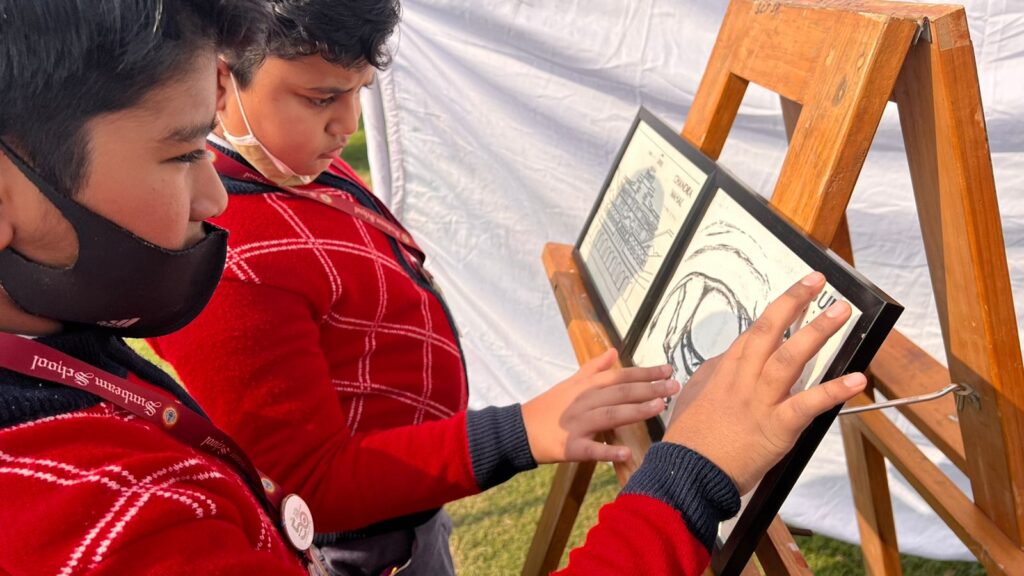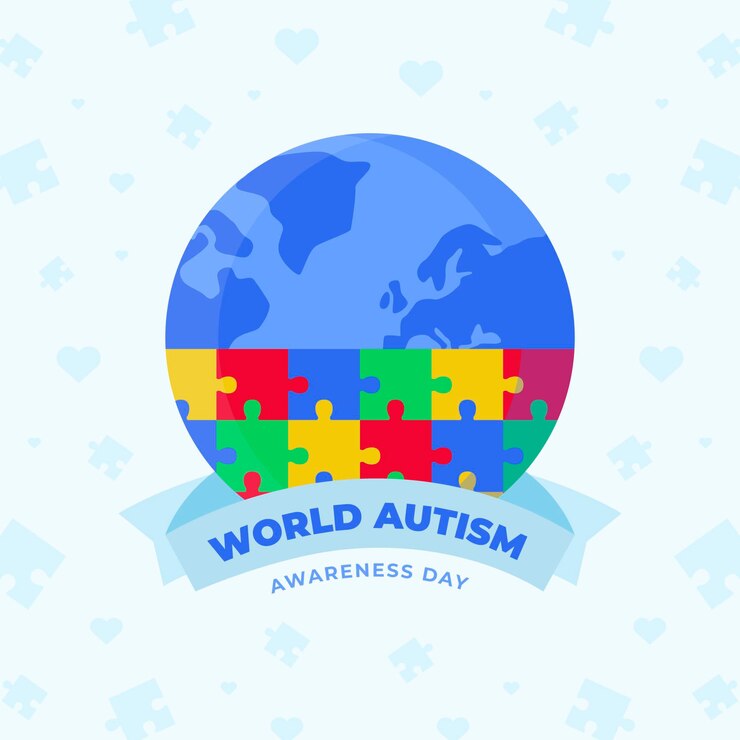Creating Neuro-Inclusive Museum Experiences for Individuals on the Autism Spectrum: 5 Actionable Tips
Written by Siddhant Shah, Founder & Access Consultant, Access For ALL (India, ITP 2021)
As advocates for accessibility and inclusivity in cultural institutions, me and my team at Access For ALL is ensuring that museums are welcoming spaces for individuals on the autism spectrum. By implementing thoughtful strategies, museums can provide enriching experiences for all visitors, regardless of their abilities.


Here are some easy, low-cost actionable tips to make museums more accessible and inclusive for individuals on the autism spectrum:
Sensory-Friendly Displays:
- Consider the sensory experiences within the museum environment. For individuals on the autism spectrum, sensory overload can be overwhelming. To mitigate this, incorporate sensory-friendly displays by providing ample space between exhibits, minimizing excessive audiovisual stimuli, and offering quiet zones where visitors can take a break if needed.
- Additionally, providing multi-sensory (audio, olfactory and tactile) elements or interactive exhibits can enhance engagement and understanding for individuals with sensory sensitivities.
Clear Communication Design:
- Utilize clear signage with simple language and high contrast visuals to guide individuals through the museum.
- Consider providing non-verbal visual schedules or maps to help visitors prepare for their visit and navigate the space comfortably.
- Offering pre-visit guides online can also familiarize individuals with what to expect, reducing anxiety and promoting a positive experience.
Gender & ASD awareness:
- Provide gender-neutral restrooms, quiet spaces equipped with sensory tools or fidget toys, and designated areas for individuals who may need to take a sensory break.
- Train staff to be understanding and accommodating, and offer resources such as noise-canceling headphones or visual supports upon request.
Continuous Feedback and Improvement:
- Embrace a culture of continuous improvement by seeking feedback from individuals on the autism spectrum and their families.
- Encourage open dialogue through surveys, focus groups, or advisory committees to understand their experiences and identify areas for enhancement. By actively listening to feedback and implementing changes accordingly, museums can evolve into more inclusive spaces for all visitors.


In conclusion, creating inclusive museum experiences for individuals on the autism spectrum requires thoughtful planning and implementation. By prioritizing sensory-friendly displays, clear communication design, accessible facilities, interactive outreach activities, and continuous feedback, museums can foster environments where everyone feels welcome and valued. Together, we can work towards building a more inclusive society where cultural institutions are accessible to all.
In case you are interested to know more, I am happy to connect on reachaccessforall@gmail.com
Siddhant Shah is a serial TEDx speaker, a national award-winning disability inclusion expert and founder of Access For ALL. Shah has been associated with multiple national and international cultural organizations, corporate spaces and educational institutions, advocating and consulting them on achieving their diversity, inclusion and accessibility needs. Access For ALL is headquartered in Mumbai, India.

World Autism Awareness Day is celebrated on Tuesday 2nd April 2024. Read more on the UN website HERE.
